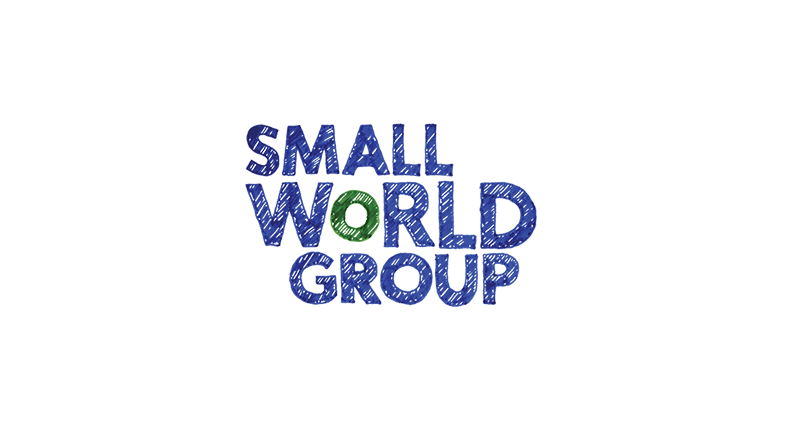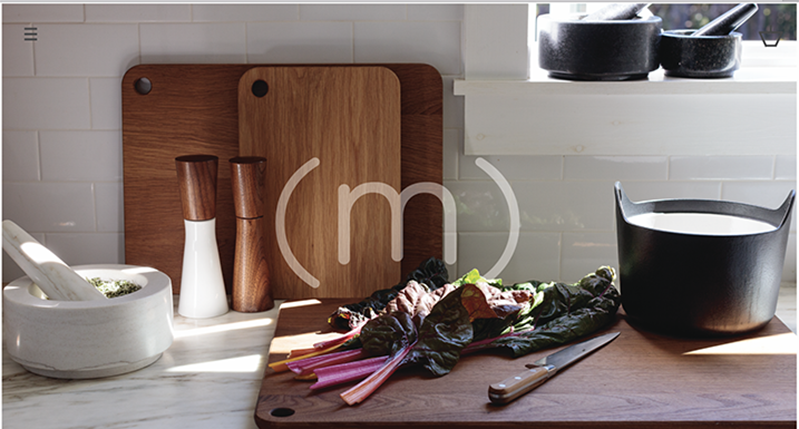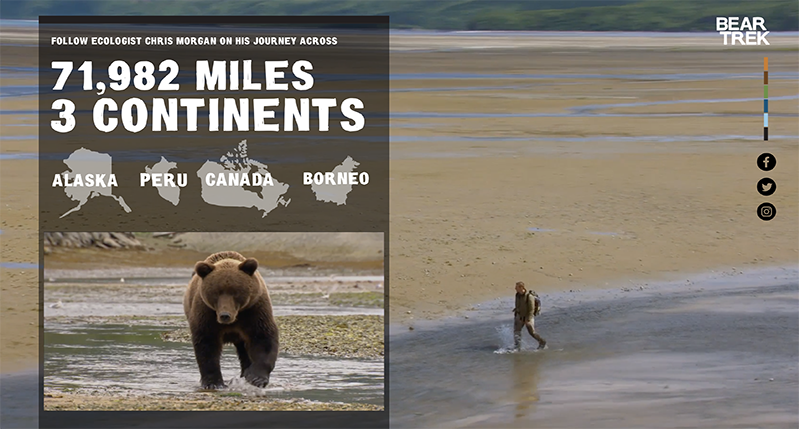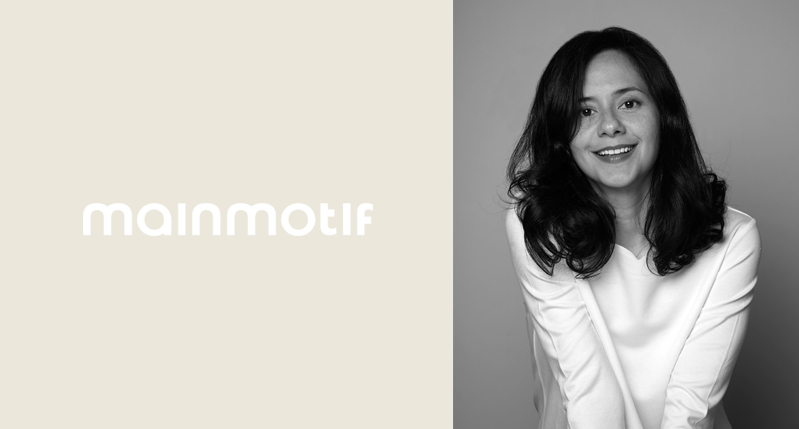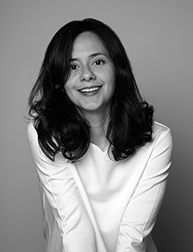Alumni Spotlight: Tania Mailangkay
Tania Mailangkay MFAD ’01 is the founder of Main Motif; a visual communications agency based in New York City. The agency focuses on connecting human/planet well-being companies and organizations to their audience. We stopped her for a moment to reflect on her experience at the SVA MFA Design program and how it shaped her career.
After I graduated from the program in 2001, I worked for Funny Garbage helping put together a website for the album Red Hot Riot, which funded clinics in Nigeria. At the same time, I created the branding and website for Swedish homeware firm AREA. I then took a job in Switzerland at McCann Erickson as Art Director. I originally wanted to move to London, but my search led to Geneva instead, which I was open to as my goal was to have some work experience outside of the US at the time. I ended up staying in Switzerland for four years and got a chance to share an atelier space with local designers, which for me was the most valuable experience; to be exposed to the Swiss graphic design sensibility.
After Switzerland I worked in Singapore at a local design firm as well as at multi-national advertising agencies. The scene there was so different from Europe and the US. It’s incredible how work culture and ideas really are so very true to location. What I learned is it’s very hard to apply some ‘universal’ multi-national corporate culture in an office or work environment, especially one dealing with creativity. The human mind is so sensitive to its environment and so formed by it, that trying to box it in to become some kind of template mind-set is futile. It’s when we honor that originality — the very quirkiness of a culture, a nation, a people, a person — that the magic happens.
When I moved to Indonesia and worked at Leo Burnett and then started-up Isobar (a UK digital agency and at the time the largest digital agency network globally) with my business partner Monika Rudijono, I saw what amazing opportunities there are if the local culture is mined and prized instead of blanked out for some idea of a ‘global’ sensibility. It helps too that Jakarta is a giant city with so much chaos. I now translate chaos to soulful and real; life becomes very rich when letting go of control is the modus operandi.
After years of working abroad and discovering and learning — fulfilling my need to understand people and the world as much as I could — I realized I wanted to contribute all that I learned to something meaningful to me. I returned to New York to set up my own visual communications agency, specifically to help companies and organizations with products, services and missions that I believe the world needs now. It’s very hard to go on focusing on becoming successful creatively and financially, while closing one eye to the fact that the world is not the same one that I graduated to in 2001. Helping with the experience I’ve accumulated in my field so that any kind of progress can be made — in my case, reaching out to the people who can be most helped by a different way to see things, or by changing their behaviour to improve life in general for many — is my main goal now. Interestingly, that motivation and vision is no different to my MFAD thesis project.
My thesis was a project that I was advised at the time to get an art grant to kick-start. Because I was a foreign student, this posed fundamental challenges. I also had to focus on getting a job in order to get a work visa to stay in the US upon graduating from the program, so that was a larger priority. Looking back though, almost every meaningful project or client work I did carried a thread of what my thesis was about: the community of humanity relating to each other to better understand the other https://cargocollective.com/gioia/CITOYEN
I think the Thesis Forum as basic and necessary as having a bunch of like-minds supporting a germ of an idea and bolstering it to its best potential outcome. There’s also something very inspiring and energizing about getting feedback and bouncing ideas around within a group of bright minds. And ultimately, having access to the kind of thinking the MFAD advisors and instructors provide – with their collective successes and insights – is priceless.
The best part of the MFA Design program was being in a community that is supportive and resourceful in ideas. Going every day for two years to ‘class’ — which really wasn’t set up like one but like a collective workspace – provided such an anchor for incubating all our ideas and ‘giving birth’ to them. The MFA Design program is really like a gestating space and phase for each student in their creative coming-into-being. It’s such an ideal environment to dream, create and make real. I remember upon graduating feeling a sense of loss for not having that community to go to every day. It was like being thrown out to the world where one no longer had the luxury to be idealistic and have the support to make one’s ideas (and ideals) manifest.
It’s been 16 years since I graduated, and I’ve literally globe-trotted professionally since then, and yet I’ve kept in touch throughout the years and have absolutely not lost my connection to Lita and Steve – who are so wonderful and always so present and helpful – and the fellow students I graduated with. The alumni dinners that Lita organises — and allover the world, too — are so essential in keeping that community alive. Also, it’s just the basic chemistry of the program. You can’t spend two years at MFAD and not be bound to it upon graduating. That time is a very bonding experience.
What was challenging for me was the work load and what was expected. Five courses per semester is a lot, and the work per course was demanding and highly engaging. For me personally I revelled in the content of each of these courses — it was the quantity and the demand for structure in order to deliver the work fully per course, that served to train me well once I was back in the working world. Figuring out how to fulfill each course load and juggling all of them at the same time formed how I then approached my work deliverables, which then became my basic framework in my professional life. It has served me fantastically well, as no job I had since then had a schedule as demanding as the MFAD program.
My approach to being a professional creative is wholly formed by my time at MFAD; both in terms of content and structure meaning: how I think of myself as a professional creative (designer/art director/creative director/writer) as in what is possible and what I should seek to do, along with how I can manifest it; the framework in order to make real my vision. Also (and crucially), having a point of view and believing in my ability to convey it.
It’s precisely this Renaissance Wo/Man approach that the program encourages, that lays the ground for the students to believe in their particular way of seeing the world, and tackle all possible methods to express it. It’s such a refreshing and much needed approach, because if you look around, everything is about being an expert in one little thing. Humans are so capable of many things, and being multi-talented and able to fulfill each talent well should be a popular mindset. Industrialization has narrowed down what each person should excel in, which has nothing to do with actual human potential but everything to do with fitting you into the work-force. The MFAD program promotes and cultivates the wonderful truth that creativity is boundless in its forms, and within the individual.
My advice to incoming students? Take this chance as a prized two year ticket to dream up ideas that mean something to you, and to make real those dreams.
Find me on http://mainmotif.com


